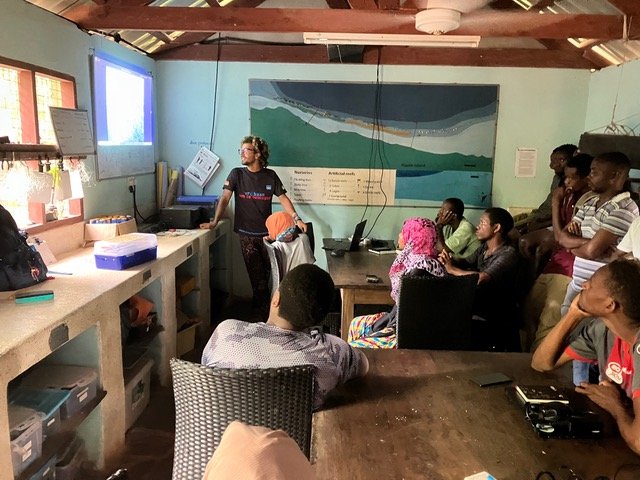
Sponsor a Region
By sponsoring a Region, you can provide critical training for new Reef Rangers to help climate proof coral reefs.
Regional Hubs
Utilizing a Regional Hub model allows us to serve corals and the people that depend on them most closely. As our students are practitioners in reef-rich, low-income countries, the regional strategy is an efficient, cost-effective way to provide training where it is wanted and needed most. Our regional footprint mirrors established centers for coral reef conservation, allowing us to tap into existing networks of coral reef practitioners and conservation programs.
Regional Coordinators
Our faculty is composed of the world’s top coral reef scientists and researchers. Each Region generates up to 250 new Reef Rangers per year. Each regional training hub is managed by a senior coral reef practitioner or Regional Coordinator. These Regional Coordinators conduct training courses, coordinate regional meetings, and assist with regional conservation and restoration efforts. These highly trained practitioners serve to build local capacity and ensure that local training needs are met efficiently, as well as updating their region with the latest scientific information and coral conservation breakthroughs from across the planet.
Evolving Curriculum
It can take as long as five years for a scientific paper to circulate and find its way into the hands of a coral practitioner. With the accelerated rate of the loss of coral reefs, it is critical that new data and information reaches the field quickly.
While coral methodologies and practices may vary from region, the Reef Rangers’ core curriculum includes courses in Engineering and Innovation, Larval Propagation, Field Based Propagation, Restoration Monitoring, Genetics, Climate-Proofing Methodologies, Emergency Response Tactics.
Each region covers the basics in coral reef conservation and restoration including:
-
Preventing Avoidable Losses
Reducing impacts to corals from vessel groundings and anchors reduce the need or restoration and makes restoration more self-sustaining.
-
Maintaining Genetic Diversity
Sexual reproduction increases the chance that some corals have traits that can withstand climate change impacts, land-based sources of pollution and other threats.
-
Reducing Local Stressors
By managing septic systems, agricultural run-off, road construction, deforestation, and stormwater runoff, the adjacent coral reef ecosystem has a better chance of surviving.
-
Keeping Habitat Suitable for Recruitment
Maintaining coral reef habitat by protecting herbivores and controlling invasive species increases the chance of coral larvae settling and becoming part of the reef.
-
Building Coral Resilience
Through science and innovation, growing coral fragments with certain qualities (genes, symbiotic algae) in nurseries can help increase reef resilience, or the ability to resist and recover from stressors like bleaching.
-
Outplanting
Coral fragments grown in nurseries are planted onto reefs so that they can further grow and replenish themselves.



